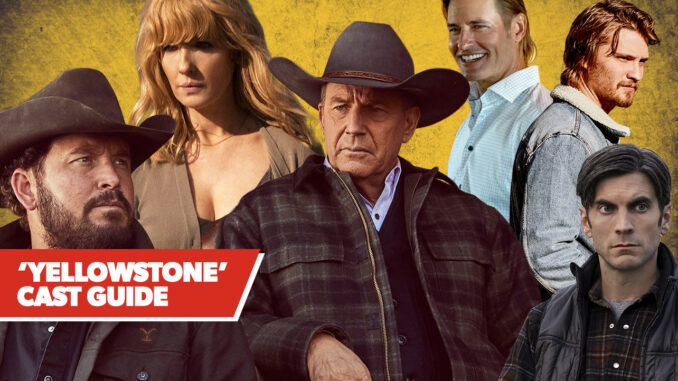
The Echoes of Beauty: Honoring Land and Tradition in Yellowstone, a Conversation Beyond Labels
Yellowstone National Park, a geyser-strewn canvas of volcanic wonder and untamed wilderness, exists at a fascinating intersection. It is a place where honoring the land and its ancient traditions, often perceived as "conservative" in their dedication to preservation and respect, intertwine with a beauty that transcends political labels. To explore this duality in Yellowstone is to delve into the complex relationship between humanity and nature, acknowledging the echoes of the past while navigating the demands of the present.
The "conservative" impulse in Yellowstone is readily apparent in its commitment to preservation. The very act of dedicating this land as a national park in 1872 was a conscious effort to conserve its unique features, to shield it from the unchecked exploitation that was consuming other parts of the American West. This core principle of conservation, of limiting development and prioritizing the integrity of the ecosystem, can be seen as a form of conservatism, a desire to maintain the status quo, or rather, the historical and ecological integrity of the landscape. Regulations governing everything from fishing licenses to backcountry permits are designed to minimize human impact, ensuring the land remains relatively untouched for future generations. This preservation ethic extends to the management of wildlife populations, with carefully monitored hunting seasons and reintroduction programs aimed at restoring the natural balance that was disrupted by human intervention.
However, framing this conservation as simply "conservative" overlooks the deeper currents at play. It is not merely about clinging to the past, but about recognizing the inherent value of a healthy ecosystem. The beauty of Yellowstone resides not just in its dramatic geysers and colorful hot springs, but in the intricate web of life that sustains it. The elk grazing on the meadows, the wolves hunting in the Lamar Valley, the cutthroat trout navigating the rivers – these are all integral parts of the park's beauty, and their preservation requires active, ongoing management. This management, while often rooted in scientific understanding and modern techniques, is ultimately driven by a profound respect for the natural world, a respect that echoes the traditions of the Indigenous peoples who have called this land home for millennia.
The traditions of the Native American tribes who lived in and around Yellowstone are deeply intertwined with honoring the land. For centuries, they understood the delicate balance of the ecosystem, living in harmony with its rhythms. They used its resources sustainably, respecting the sacredness of the land and its inhabitants. Their traditions, passed down through generations, were not about dominating nature, but about coexisting with it. While forced off their ancestral lands by the establishment of the park, their knowledge and connection to Yellowstone remain an essential, often overlooked, part of its story. Today, there is a growing effort to recognize and incorporate their perspectives into park management, acknowledging the wisdom of their traditions and the beauty of their connection to the land. This effort to revitalize and honor their traditions is not about a rigid adherence to the past, but about learning from it to build a more sustainable future.
The beauty of Yellowstone, therefore, lies not just in its visual grandeur but in the confluence of conservation efforts and traditional knowledge. It is a place where the "conservative" desire to preserve the land intersects with the timeless wisdom of respecting nature's inherent value. To witness a grizzly bear sow leading her cubs through a meadow, to hear the howl of a wolf echoing through the mountains, to feel the spray of Old Faithful on your face – these are experiences that connect us to something larger than ourselves, to the enduring beauty of a world that deserves to be protected.
Ultimately, the conversation around honoring the land and tradition in Yellowstone transcends the limiting confines of political labels. It is a conversation about responsibility, about recognizing our role as stewards of this extraordinary place. It is about understanding that preserving the beauty of Yellowstone requires more than just conserving its physical features; it requires honoring the traditions of respect and understanding that have guided human interactions with this land for centuries. By embracing this holistic approach, we can ensure that the echoes of beauty continue to resonate through Yellowstone for generations to come.
